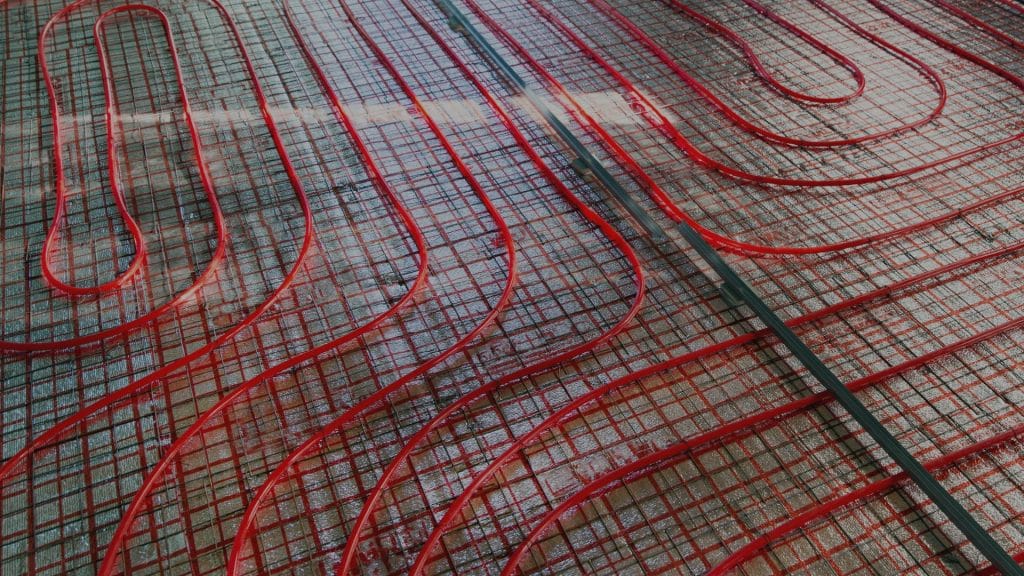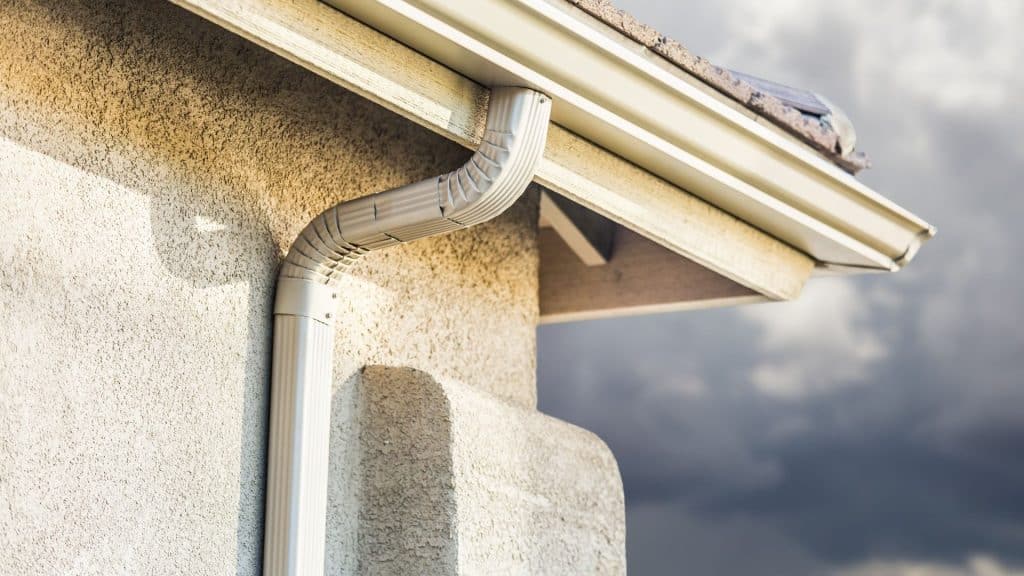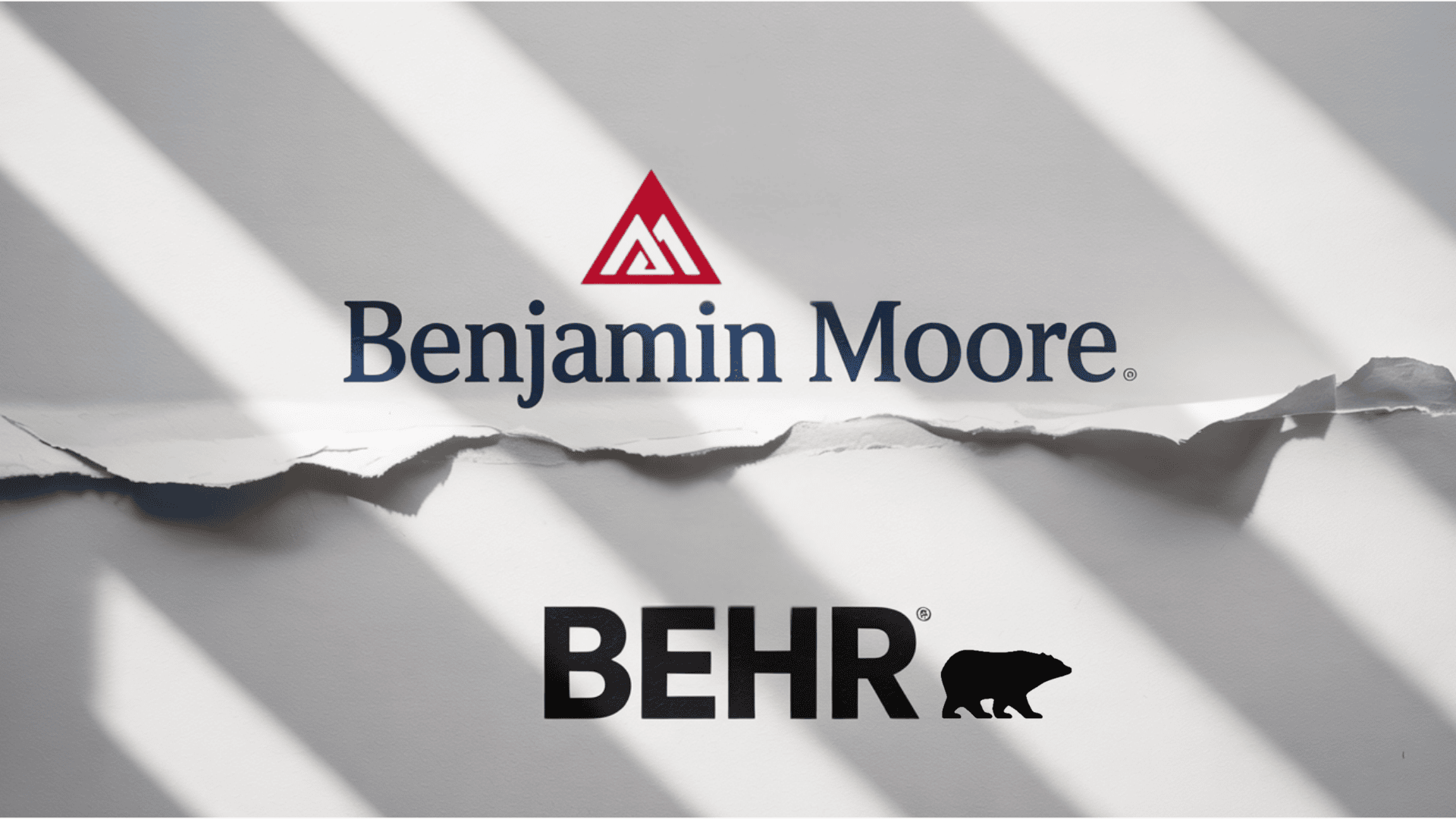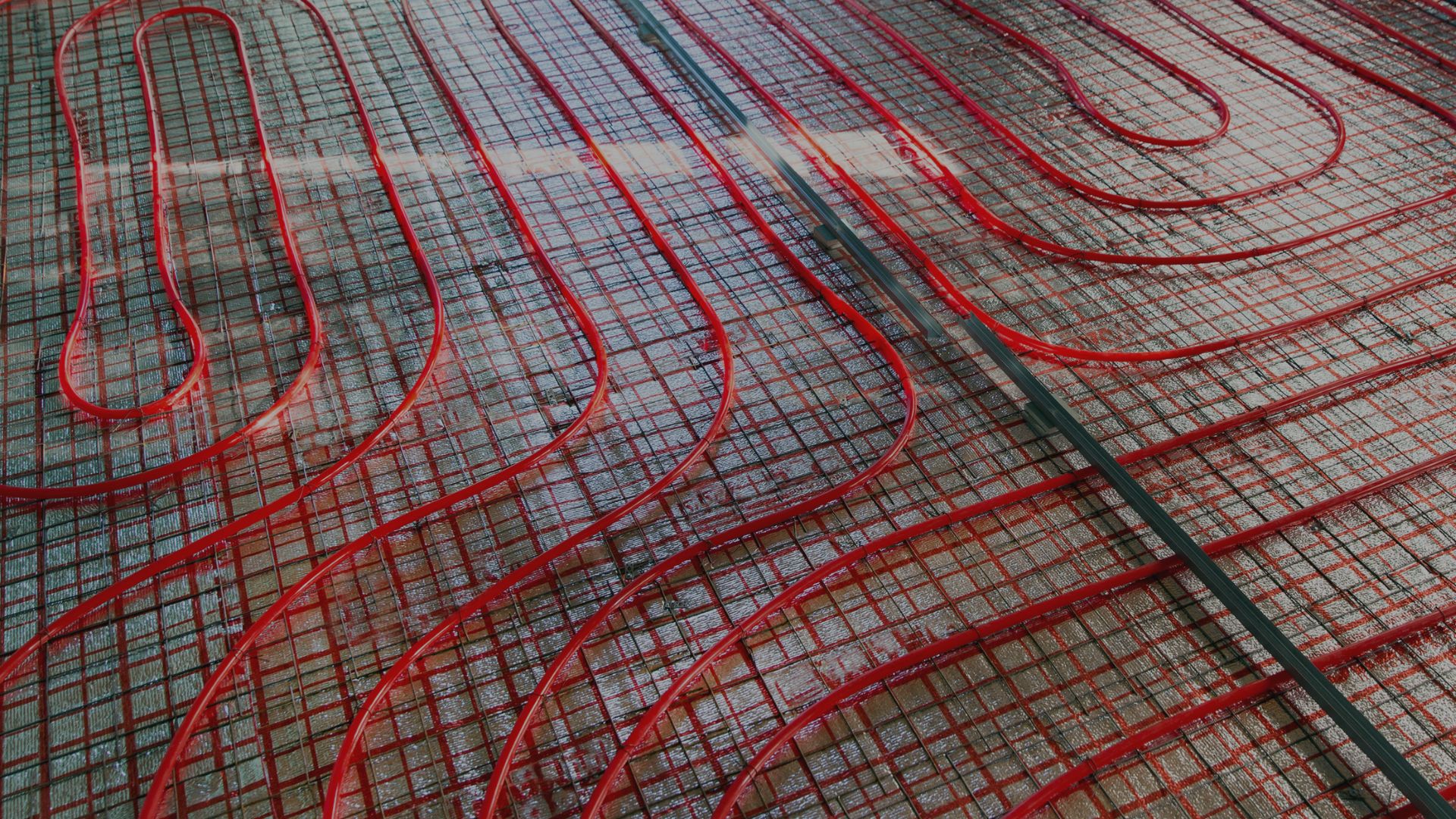More than 8 million Americans live in mobile homes today. Yet most people have no idea how many options exist. You might think all mobile homes look the same.
The truth? They come in wildly different sizes, styles, and price points. Understanding the types of mobile homes available changes everything.
It affects your budget, lifestyle, and investments. Some people buy the wrong type and regret it years later. Others find exactly what they need and save thousands. The difference comes down to knowledge.
Let’s break down the major types of mobile homes you’ll encounter. You’ll learn what makes each one unique. By the end, you’ll make a smarter choice than most buyers. Ready to find your perfect home?
What Is a Mobile Home? Understanding the Basics
A mobile home is a factory-built house transported to your property in one or more sections. Workers construct it indoors under controlled conditions, then deliver it to your site. Once there, they assemble the sections and set up your new home.
The term “mobile home” technically refers to homes built before June 15, 1976. After that date, the government introducedHUD Code standards.
Homes built after 1976 are called “manufactured homes.” These must meet strict federal safety and quality guidelines. Most people use both terms interchangeably today.
Key Features of Mobile Homes:
- Built in climate-controlled factory environments.
- Constructed on a steel chassis for easy transport.
- Can be placed on leased land or private property.
- Available in single- or multi-section designs.
- Must meet HUD Code (for homes built after 1976).
- Installed on semi-permanent or permanent foundations.
Advantages and Disadvantages of Mobile Homes:
| Advantages | Disadvantages |
|---|---|
| More affordable than site-built homes | Limited appreciation over time |
| Faster construction and setup | Financing can be restrictive |
| Customizable layouts and finishes | Zoning or land-use restrictions |
| Energy-efficient modern options | Higher maintenance in some parks |
Different Types of Mobile Homes
Knowing the main types of mobile homes simplifies your buying journey, helping you select a model that fits your budget, lifestyle, and space requirements effortlessly.
1. Single-Wide Homes: Affordable and Compact
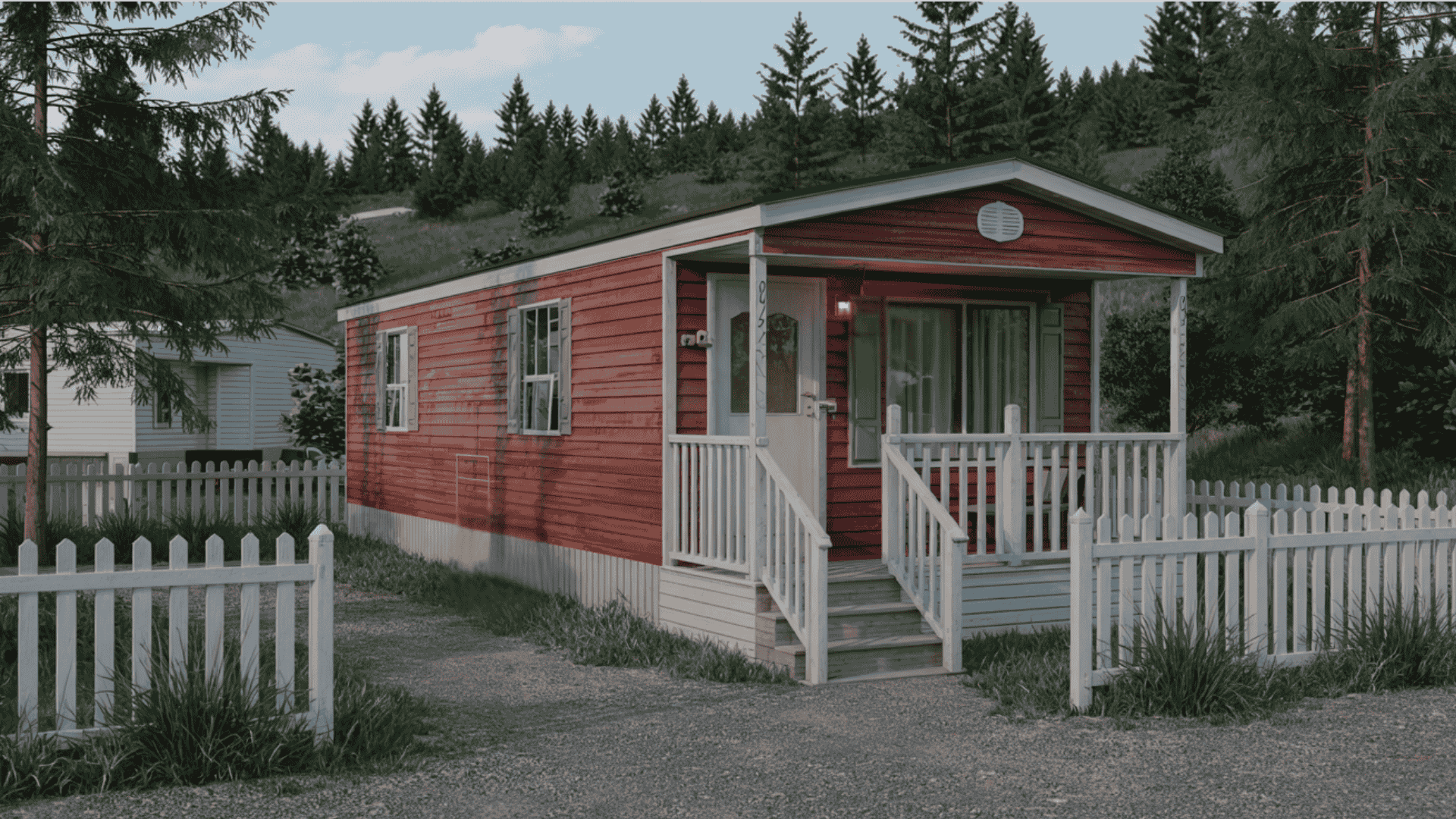
Single-wide homes are compact, factory-built houses that arrive in one complete section.
They typically measure 14 to 18 feet wide and 50 to 70 feet long, providing 400 to 800 square feet of living space. These homes are perfect for buyers who want to own property without breaking the bank.
Key Benefits:
- Affordability: Ideal for first-time buyers or those on a tight budget.
- Perfect for Small Households: Suited for singles or couples.
- Easy Setup: Simple installation and lower transport costs.
- Low Maintenance: A Smaller area means lower upkeep and energy use.
Typical Price Range: $30,000 to $65,000
2. Double-Wide Homes: More Space and Comfort
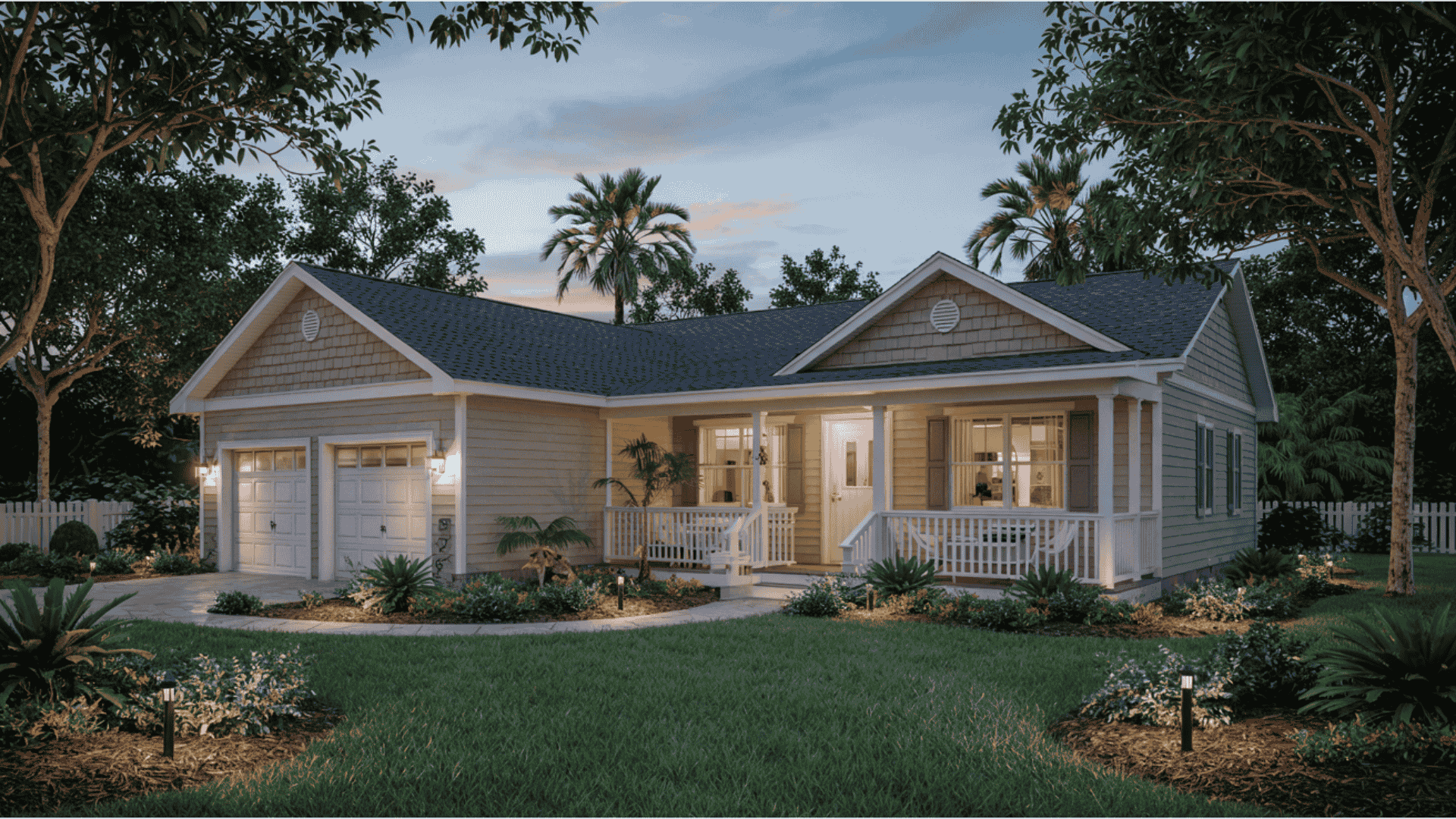
Double-wide homes are made from two sections joined on-site to create a larger living space.
They usually measure 20 to 30 feet wide and offer 1,000 to 1,600 square feet of space, similar to a small traditional house. The joined sections create a home that feels spacious and functional for everyday family life.
Key Benefits:
- Family-Friendly Layouts: Two to four bedrooms, ideal for families.
- Spacious Interiors: Open floor plans for comfort and flexibility.
- Strong Resale Value: Retains value better than single-wides.
- Customizable Designs: More room for upgrades and features.
Typical Price Range: $60,000 to $150,000
3. Triple-Wide Homes: Maximum Space and Luxury

Triple-wide homes combine three or more factory-built sections to form 1,800 to 3,000+ square feet of living space.
They are the most luxurious and customizable manufactured homes. These homes offer nearly all the benefits of traditional houses at a fraction of the cost.
Key Benefits:
- Luxury Living: Premium materials, large kitchens, walk-in closets
- Best for Large Families: Up to five bedrooms and generous common areas
- Permanent Appeal: Feels close to traditional site-built homes
- Good Appreciation Potential: Holds long-term value with proper care
Typical Price Range: $120,000 to $300,000+
Once you understand the differences between mobile home types, you can confidently choose the one that best fits your financial goals and desired living environment.
Key Differences: Choosing Your Mobile Home Type
Selecting a the mobile home requires understanding its differences. The types of manufactured homes each have distinct advantages and tradeoffs. Your lot size, budget, and lifestyle determine the best fit.
| Feature | Single-Wide | Double-Wide | Triple-Wide |
|---|---|---|---|
| Width | 14-18 ft | 20-30 ft | 20-30+ ft |
| Living Space | 400-800 sq ft | 1,000-1,600 sq ft | 1,800-3,000+ sq ft |
| Price Range | $30,000-$65,000 | $60,000-$150,000 | $120,000-$300,000+ |
| Best For | First-time buyers | Families | Large families |
| Resale Value | Depreciates 20-30% | Holds value steadily | Appreciates slowly |
Check local regulations before your heart sets on a specific type. This comparison helps you match the right types of mobile homes to your exact needs.
Challenges and Considerations of Mobile Homes
While mobile homes offer flexibility and affordability, it’s important to understand their practical challenges before buying.
Key Considerations:
- Financing Limitations: Not all lenders offer mobile home loans, and rates can be higher.
- Depreciation: Some models lose value faster than traditional homes..
- Zoning Restrictions: Certain areas limit or regulate the placement of manufactured homes.
- Park or Land Fees: Ongoing lot rental or park maintenance fees can add up.
- Maintenance & Repairs: Older models may require regular upkeep or upgrades.
Understanding these factors helps you make an informed decision that fits both your lifestyle and financial goals.
Alternative Mobile and Manufactured Home Types

Beyond the standard categories, several specialized options serve specific needs and lifestyles. Exploring these alternatives helps you find the perfect fit for your unique situation and budget requirements.
1. Manufactured Homes
Manufactured homes are factory-built under HUD Code standards. They come in two main types: single-section and multi-section homes. Both follow the same safety guidelines, but they differ significantly in size, cost, and functionality.
Understanding the Two Types:
- Single-Section Manufactured Homes arrive as one complete unit from the factory. They’re compact, affordable, and quick to install. Think of them as the streamlined option for smaller households.
- Multi-Section Manufactured Homes combine two or more factory-built sections assembled on-site. They offer more space and resemble traditional houses in layout and feel.
Comparing the Key Features
| Feature | Single-Section | Multi-Section |
|---|---|---|
| Delivery | One complete piece | Two or more sections joined on-site |
| Size | 500–1,200 sq ft | 1,400–2,500+ sq ft |
| Transport Costs | Lower | Higher |
| Relocation | Easier to move | More difficult to relocate |
| Foundation Options | Semi-permanent or permanent | Usually permanent |
| Customization | Limited options | Extensive floor plan flexibility |
| Price Range | $35,000 to $70,000 | $70,000 to $180,000 |
2. Modular Homes
Modular homes are factory-built structures that resemble manufactured homes in process but differ in construction standards.
They’re built to local building codes (not HUD Code) and installed on permanent foundations, offering similar value and financing to site-built houses.
Key Features:
- Built in sections and assembled on-site.
- Must comply with local building codes.
- Installed permanently (not movable afterward).
- Financing available through traditional mortgages.
These types of homes are best suited for homeowners seeking long-term residence and Buyers who want modern design flexibility and appreciation potential.
Advantages and Disadvantages of Modular Homes
| Advantages | Disadvantages |
|---|---|
| Appreciates like a traditional home | Higher upfront cost |
| Qualifies for standard financing | Not easily relocated |
| Durable and energy-efficient | Longer construction timeline than manufactured homes |
3. Park Model Homes
Park model homes are small, movable dwellings designed for seasonal or recreational living. They’re commonly found in RV parks, campgrounds, and resort communities.
Key Features:
- Typically 20 to 40 ft long and under 400 sq ft.
- Built on a single chassis for transport.
- Designed for temporary stays.
- Easily connected to park utilities.
Price Range: $15,000 to $50,000
Best For:
These types of homes are best suited for retirees or part-time residents and travelers, or vacation homeowners.
Advantages and Disadvantages of Park Model Homes
| Advantages | Disadvantages |
|---|---|
| Affordable and mobile | Limited space for full-time living |
| Great for vacation use | Restricted by zoning and RV rules |
| Simple setup in parks or resorts | Financing can be limited |
However, financing options are limited for these specialized types of mobile homes. Banks treat them differently from standard manufactured housing. Most work better as secondary homes rather than primary residences.
How to Choose the Correct Mobile Home for You?
Selecting a the mobile home requires honest self-assessment. Follow these key pointers to make the best decision.
- Assess Your Budget: Calculate total costs, including purchase price, installation, and ongoing maintenance. Don’t stretch beyond your comfort zone. Factor in property taxes, insurance, and utilities.
- Consider Household Size: Single occupants or couples thrive in single-wides. Growing families need double-wides, minimum. Large families should consider triple-wides. Match home type to actual needs.
- Think About Permanence: Are you staying 5 years or 20 years? If permanence matters, invest in larger types. If flexibility matters, single-wides make relocation easier.
- Evaluate Location Constraints: Urban parks have strict rules. Rural property offers more freedom. Suburban areas fall somewhere between. Check local zoning regulations before deciding.
- Research Financing Options: Different lenders specialize in manufactured home loans. Interest rates vary by home type. Modular homes often get better terms. Compare multiple offers.
- Visit Homes in Person: See the types of manufactured homes you’re considering firsthand. Talk to current owners about their real experience. Their feedback proves invaluable for making informed choices.
- Make Your Decision Based on Facts: Don’t let emotions override practical considerations. The right type of mobile home fits your life perfectly. Take your time and choose wisely.
Following these pointers ensures you select the perfect types of manufactured homes for your unique situation. Make informed choices today for long-term satisfaction and financial success.
Conclusion
Understanding the types of mobile homes helps you make smart decisions.
Single-wides offer affordability and compact living. Double-wides provide family-friendly comfort and better resale potential.
Triple-wides deliver luxury and maximum space. Modular homes and specialized units serve specific needs. The types of manufactured homes span a wide spectrum. Your situation determines which type makes sense.
Consider size, budget, location, and long-term plans. Research your local market and regulations thoroughly. You now understand the landscape better than most buyers.
Start your search today by visiting local dealers and manufactured home communities. Compare options carefully, ask questions, and trust your research.
Your future self will thank you for making an informed decision right now.




